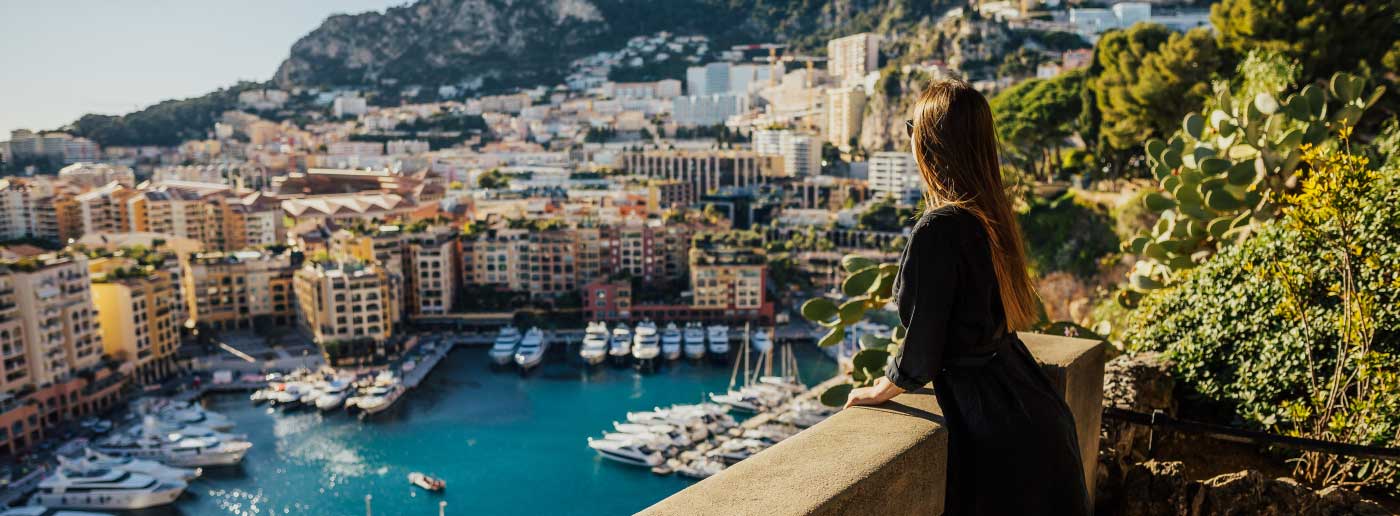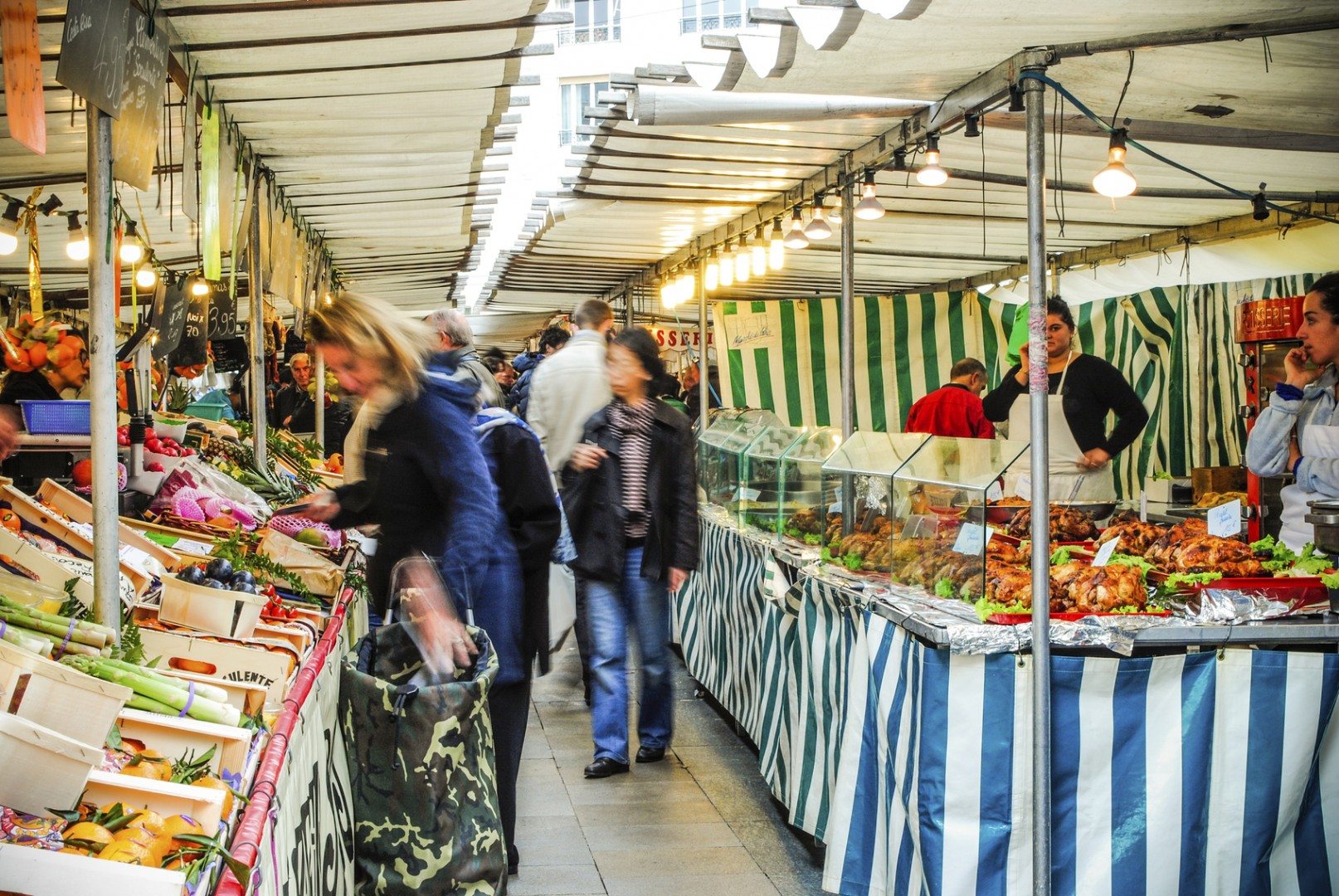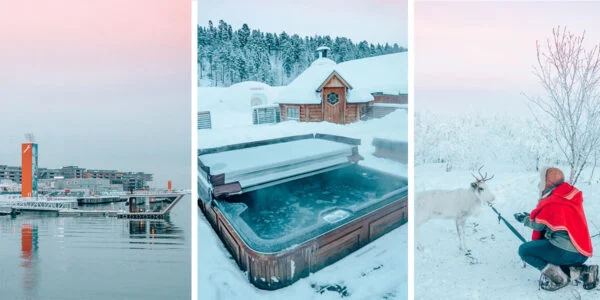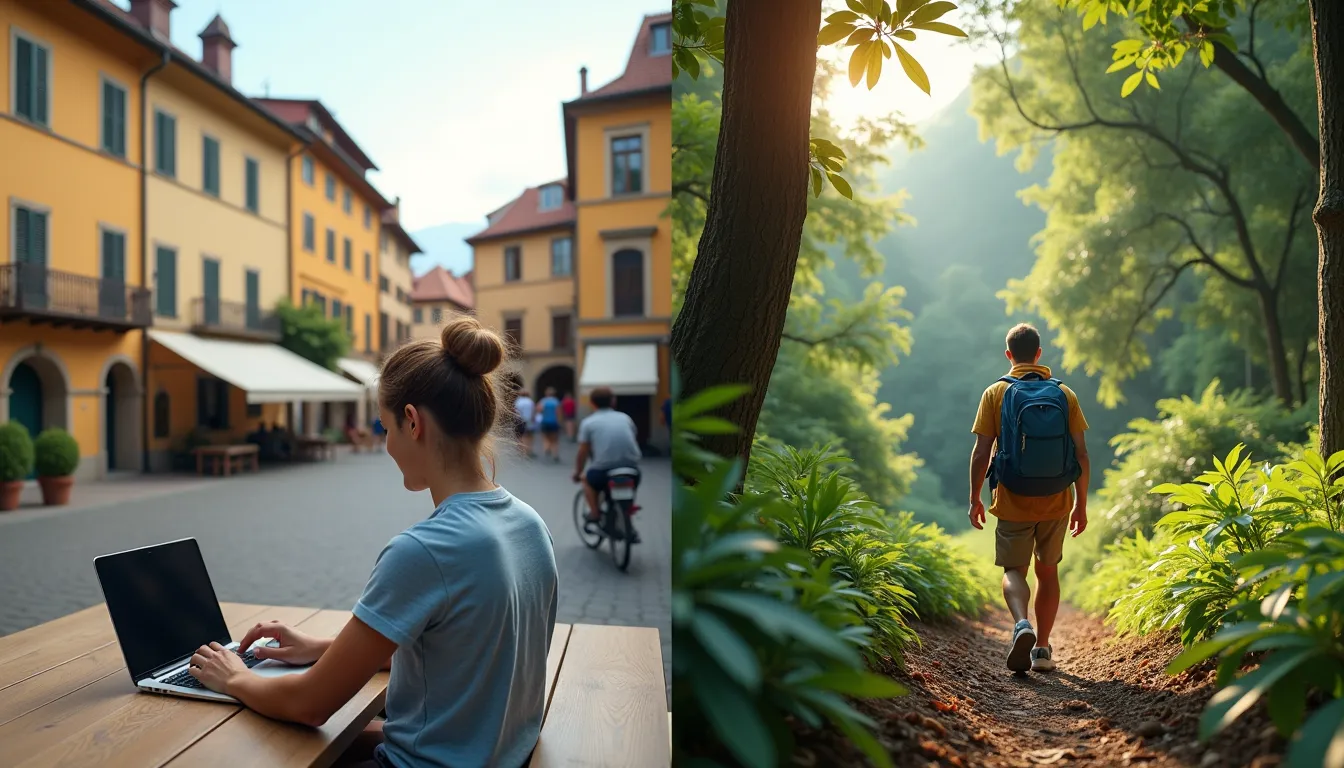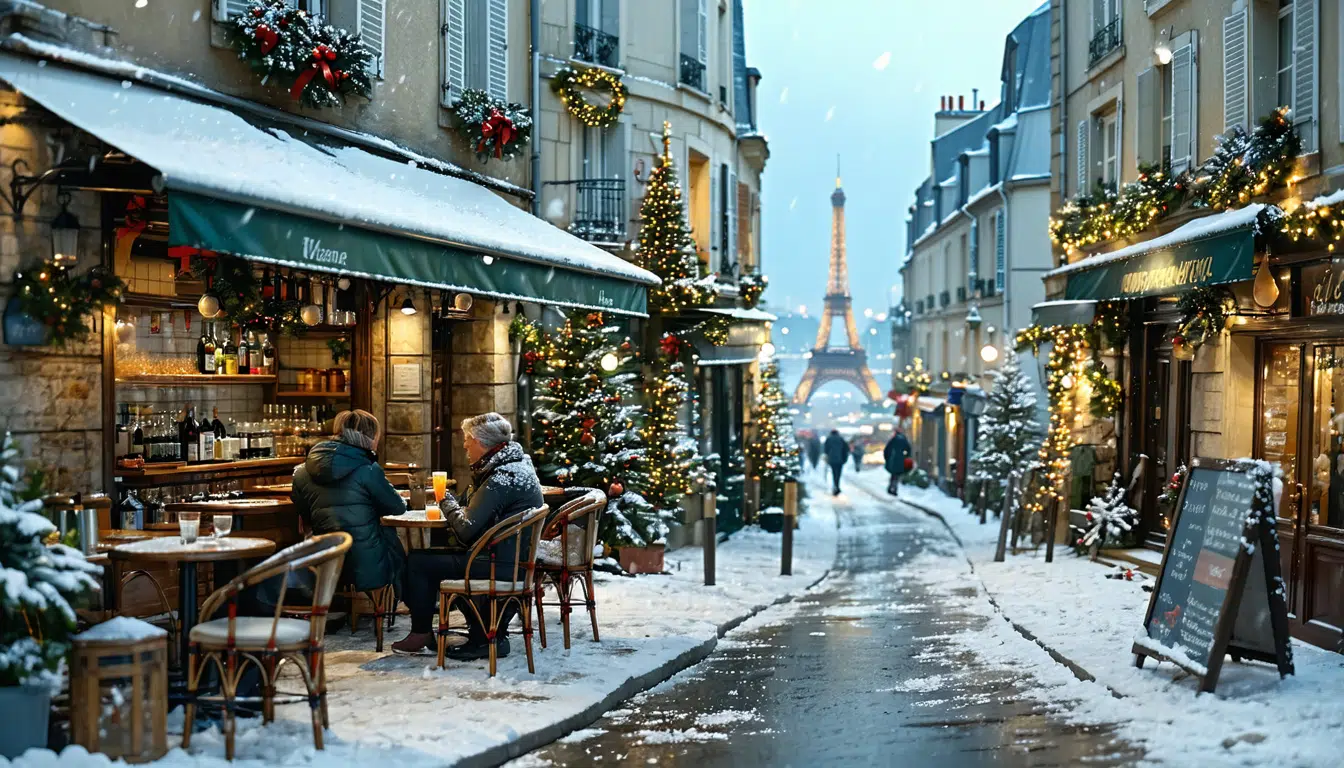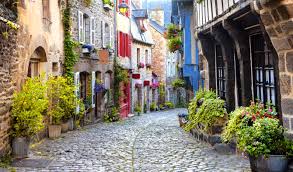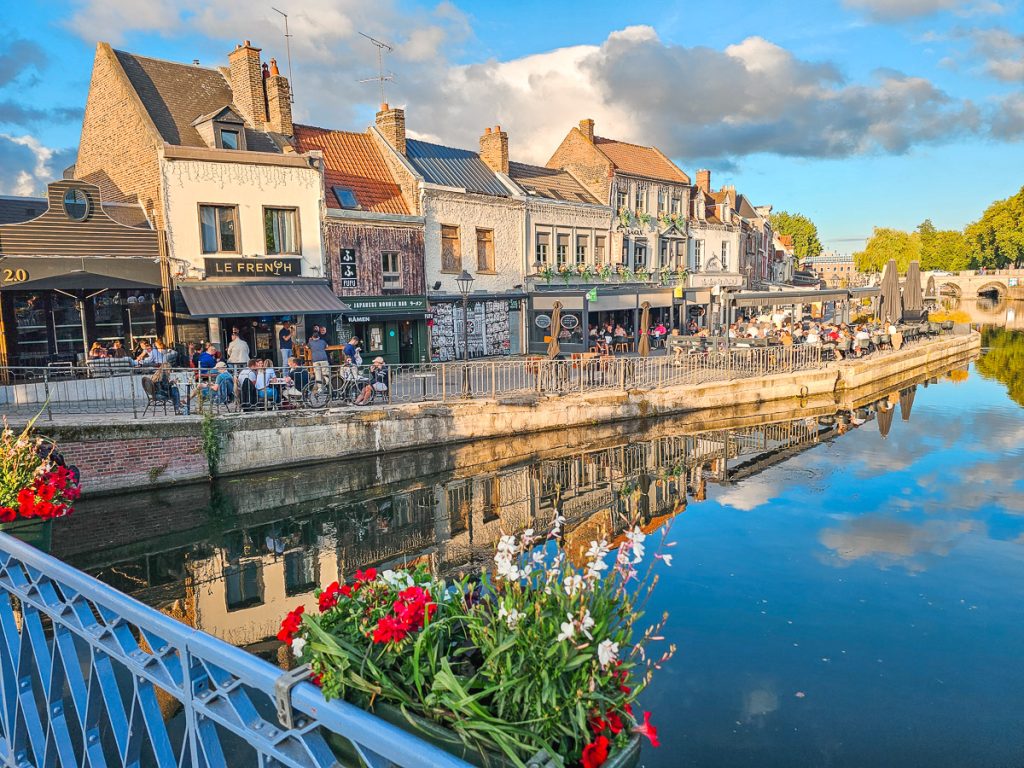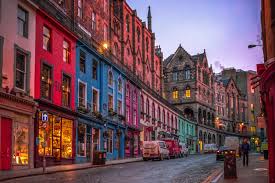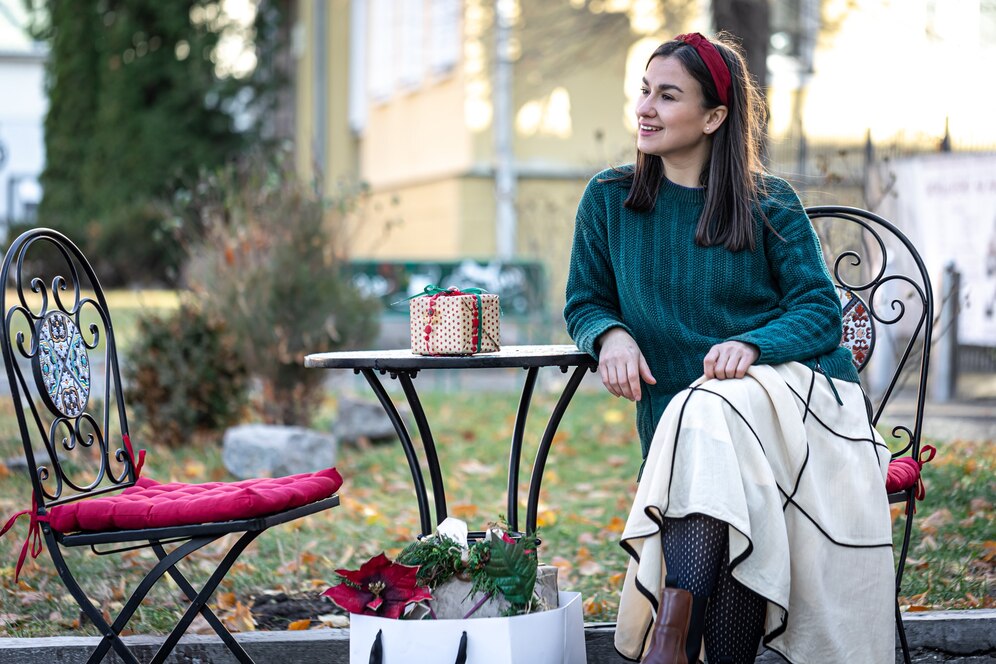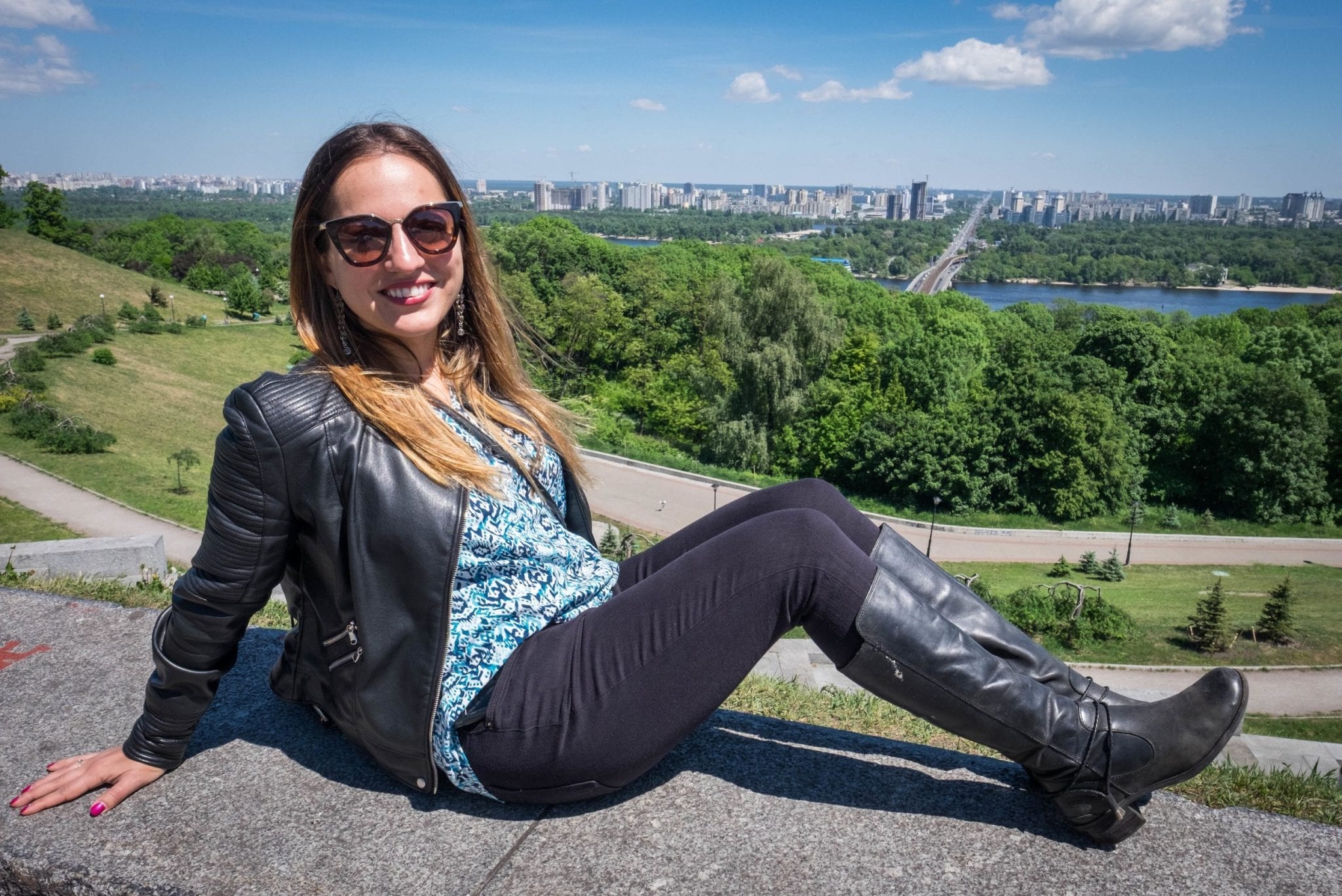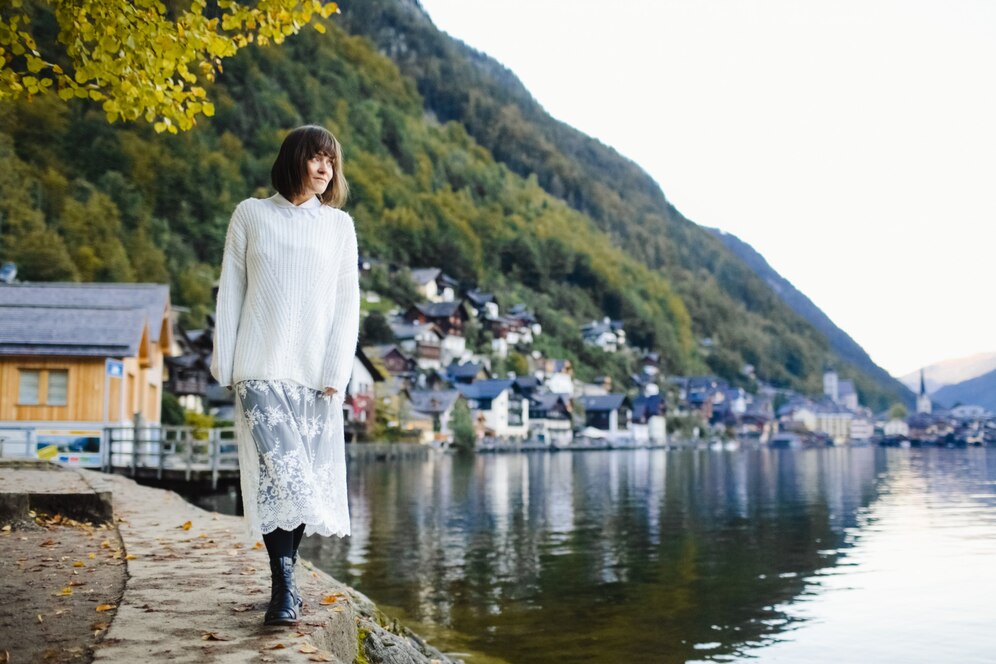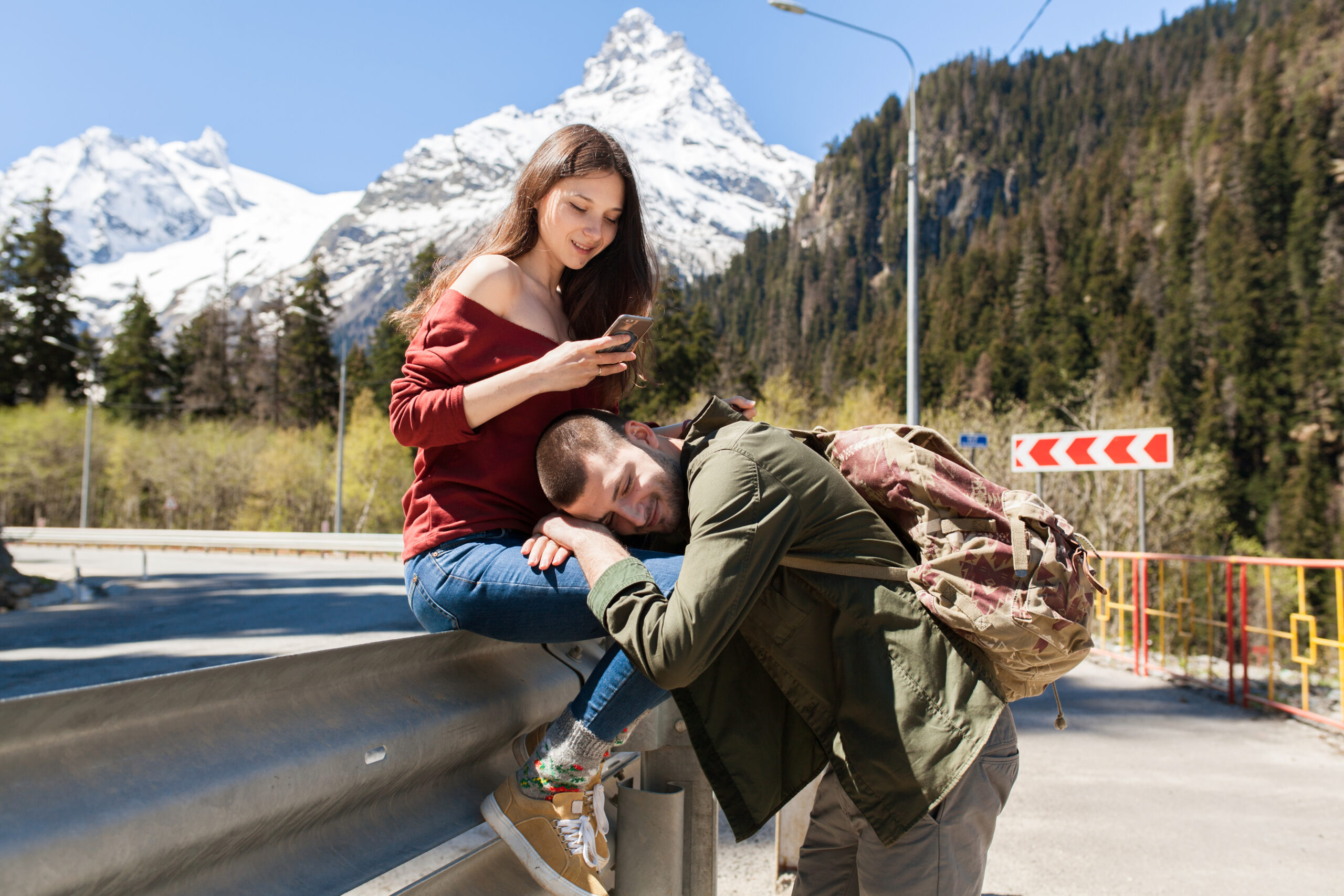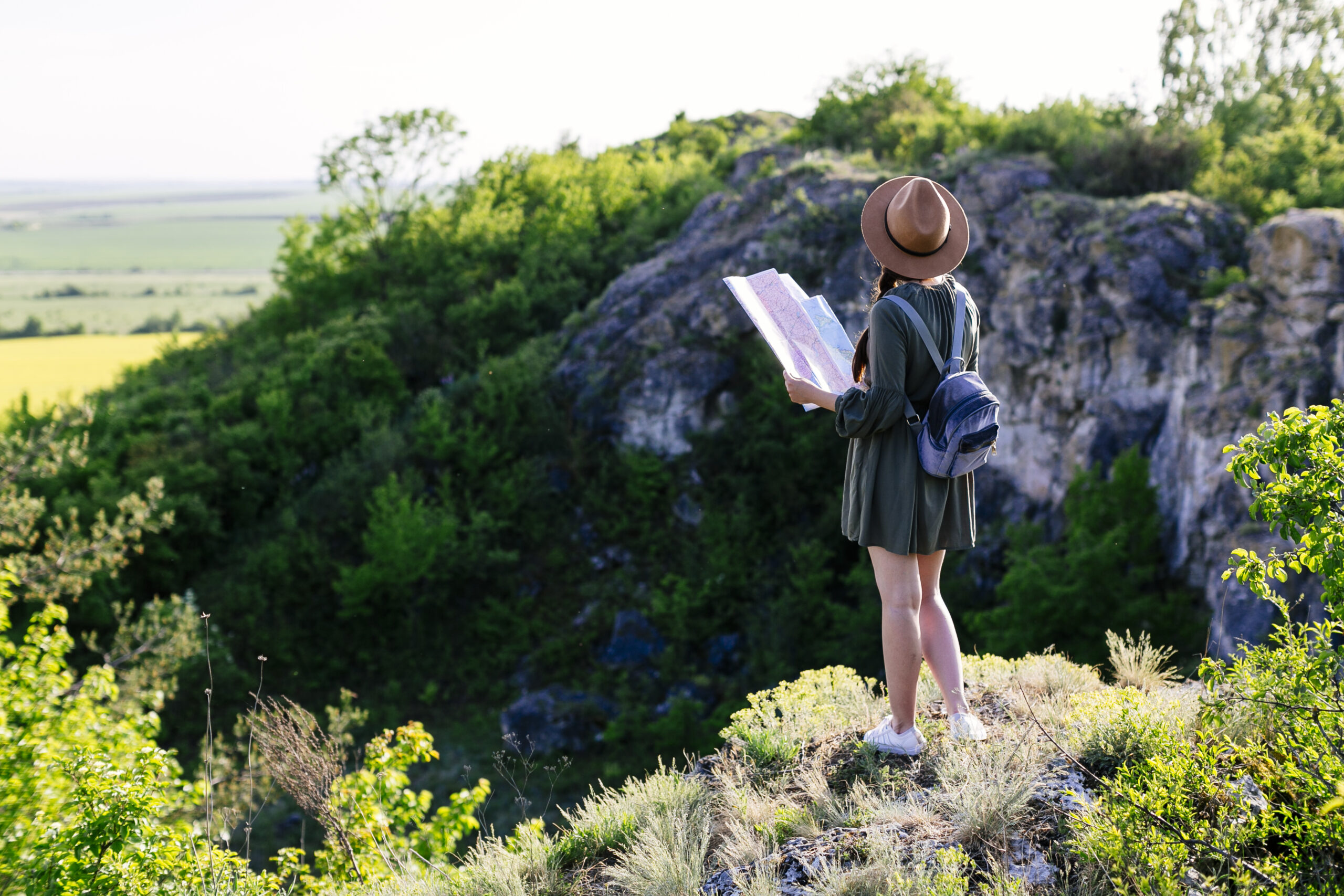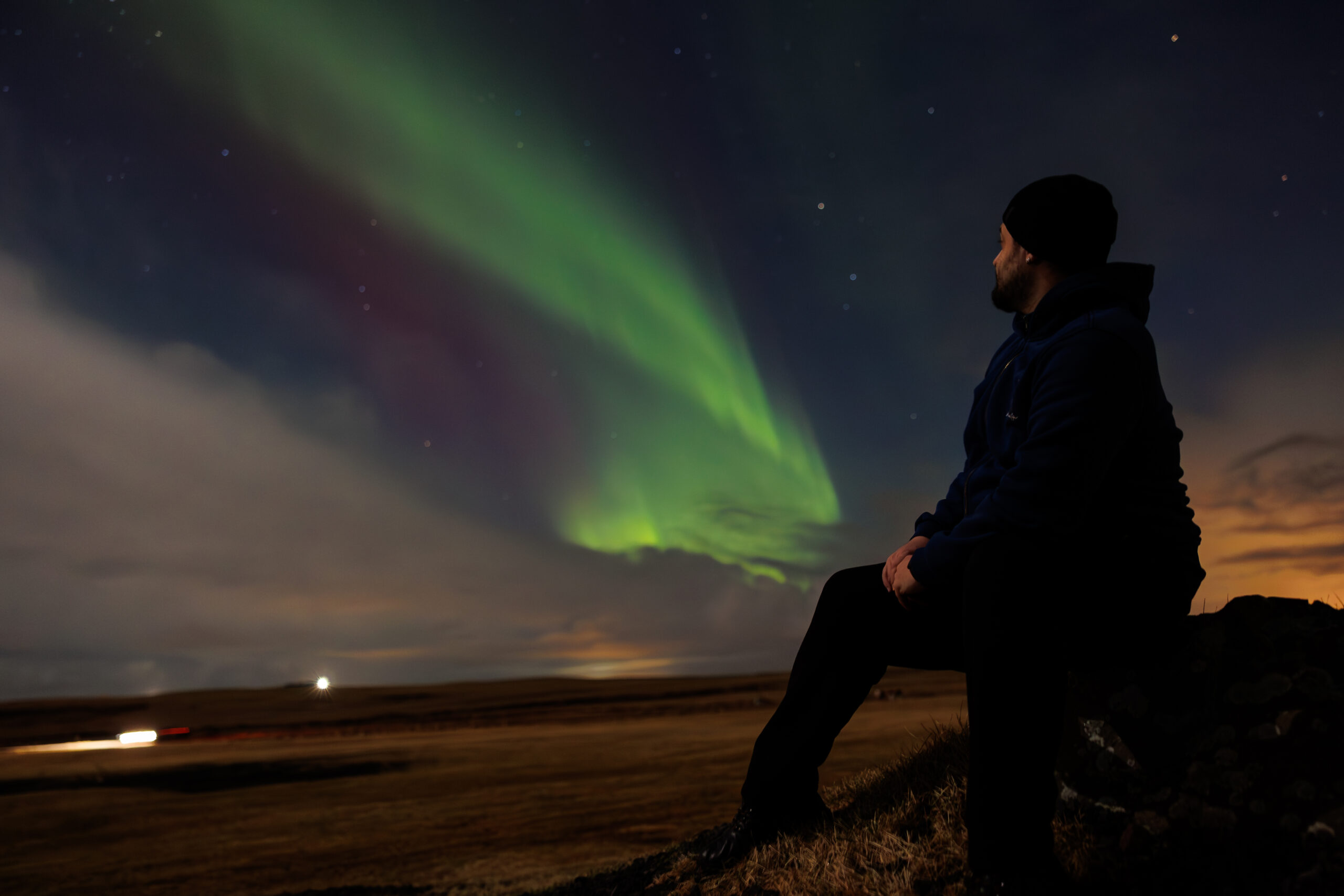
Few natural phenomena are as mesmerizing as the Northern Lights, or Aurora Borealis. These dancing ribbons of green, purple, and pink across the Arctic sky feel almost like nature’s own fireworks display. If you’re dreaming of witnessing this celestial show, Iceland is often one of the first places that comes to mind. But how does it actually compare to places like Tromsø, Norway, or Abisko, Sweden? Here’s what you should know—plus the best times and tips to make your aurora-hunting trip unforgettable.
🌌 When’s the Best Time to See the Northern Lights in Iceland?
The Northern Lights are most visible between late September and early April, with the peak season typically being from October to March. This is when the nights are longest and darkest, giving you the best chance to catch a glimpse.
-
Optimal Viewing Time: 10 PM to 2 AM
-
Dark Skies Needed: Get far away from city lights
-
Clear Skies: Cloud cover is your biggest enemy—check the aurora and weather forecasts daily
While Reykjavik is a common base for travelers, it’s worth noting that light pollution from the city can dampen the experience. You’ll want to head outside of Reykjavik, ideally into the Icelandic countryside. During the day, explore natural wonders like Thingvellir National Park, the Blue Lagoon, Gullfoss waterfall, and the black sand beaches of Vik. Then, at night, keep your eyes on the sky—or let a tour guide help you track down the lights.
🛏️ Hotels That Help You Spot the Lights
Many Icelandic hotels, even in Reykjavik, offer a Northern Lights wake-up service, so you won’t miss the show even if you’re fast asleep. Some even have viewing decks, though results can be hit or miss in urban areas.
🚐 Aurora Tours: Worth It? Absolutely.
Joining a Northern Lights tour is one of the smartest ways to boost your chances of seeing the lights. Tour operators use aurora forecast apps and weather trackers to chase clear skies. They’ll even drive you all the way into the Icelandic highlands—or even over the border into Finland if necessary.
This level of mobility and expertise is hard to beat, especially if you’re short on time and want the best chance of a successful sighting.
❄️ But… Is Iceland Your Best Bet? Enter Tromsø & Abisko
While Iceland is magical, for pure Northern Lights reliability, consider Tromsø, Norway, or Abisko, Sweden.
-
Tromsø is located right in the middle of the auroral oval—one of the best spots on earth for frequent sightings. It’s a small, charming city with lots of aurora tours, and like Iceland, they’ll take you far from town to maximize your chances.
-
Abisko has something even more special: the so-called “blue hole” effect—a weather phenomenon that creates unusually clear skies in the region, even when surrounding areas are overcast.
✈️ Unexpected Sighting: The Sky Isn’t Just for Birds
One traveler reported catching a stunning aurora from an airplane window while flying over Greenland, en route from Seattle to Doha. Yes—it’s even possible to see them from the skies if you’re lucky!
✨ Final Thoughts
If seeing the Northern Lights is on your bucket list, Iceland is a fantastic option—especially if you pair the hunt with the country’s breathtaking daytime landscapes. But if your sole focus is maximizing your chances, Tromsø and Abisko may offer even better odds.
Whether you choose the wild, volcanic beauty of Iceland or the frozen magic of Scandinavia, one thing’s for sure: when you finally witness those dancing lights, it’s a memory that will stay with you forever.

